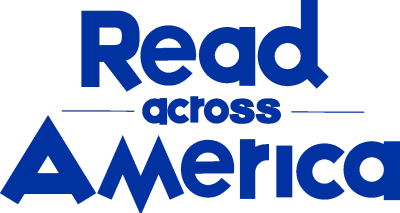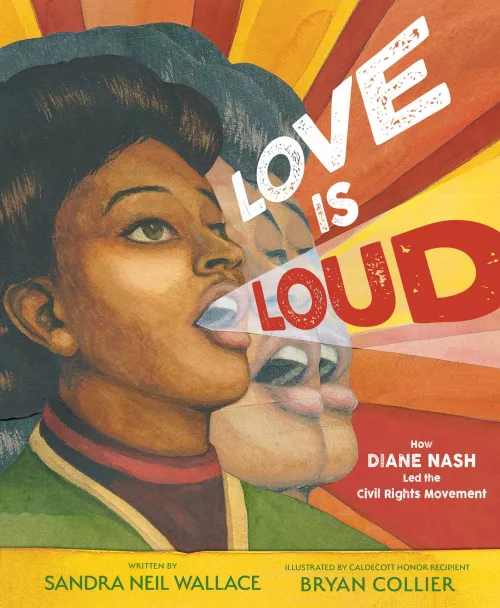Share this book
Invite students to work in small groups to explore Bryan Collier’s artwork in Love Is Loud. They can examine every illustration or you can choose page spreads from the book that further focus on learning from the Civil Rights Movement.
As they explore, have students use sticky notes to write down how each image makes them feel, what it makes them think about, and any questions it prompts. Talk about the watercolor-and-collage techniques Bryan Collier used. Once students have examined all the illustrations and have had an opportunity to share their thoughts and questions, discuss the following as a class:
- What stood out to you or surprised you about the artwork? How did it express the hope for change and fight for civil rights?
- What has changed? What has not changed? What does it mean to fight for civil rights today?
- What are some social or political issues that you care about? What matters to you? What does it mean to be an activist?
Finish your discussion by talking about how art can be used to support an issue or a cause. Ask students to use cut paper elements to create a poster to express their hopes for change or show support for a particular cause or issue that they care about.
Questions for Discussion or Reflective Writing
- What does the phrase “go along to get along” mean? Why was Diane Nash so determined to make changes in the world around her, refusing to “go along to get along?”
- What qualities do you think make a good and effective leader? What leadership qualities did Diane Nash demonstrate?
- Did Diane Nash think of herself as a leader? Why or why not? Are there times that you have thought of yourself as a leader? When? What were the circumstances?
- What were ways Diane Nash fought against segregation? What issues are you passionate about? How can you stand up for what you believe in your daily life, in big or small ways?
- What does the title of the book, “Love Is Loud,” mean to you? How could you use the ideas behind it to make a difference in the world today?
Related Resources
Curriculum Guide for Love Is Loud
Watch Love Is Loud read aloud with Sandra Neil Wallace from Read & Learn with Simon Kids
A video interview with Bryan Collier from Reading Rockets
Read Along!
NEA President Becky Pringle reads Love Is Loud: How Diane Nash Led the Civil Rights Movement
More Titles to Try
-
Freedom on the Menu: The Greensboro Sit-Ins
Carole Boston Weatherford
-
Shirley Chisholm Dared
Alicia D. Williams
-
Justice Rising: 12 Amazing Black Women in the Civil Rights Movement
Katheryn Russell-Brown
-
Someday Is Now: Clara Luper And The 1958 Oklahoma City Sit-Ins
Olugbemisola Rhuday-Perkovich
-
Unstoppable: How Bayard Rustin Organized the 1963 March on Washington
Michael G. Long
-
Lift As You Climb: The Story of Ella Baker
Patricia Hruby Powell
-
Choosing Brave: How Mamie Till-Mobley and Emmett Till Sparked the Civil Rights Movement
Angela Joy
-
Coretta Scott
Ntozake Shange
Stay on top of current education news



